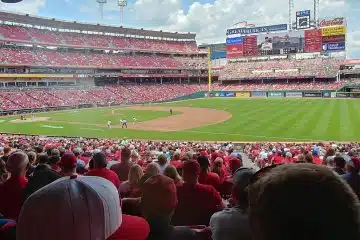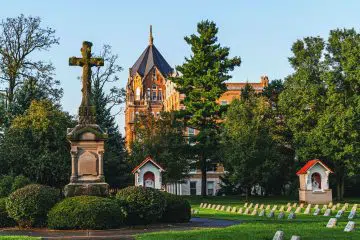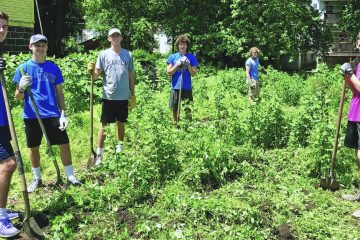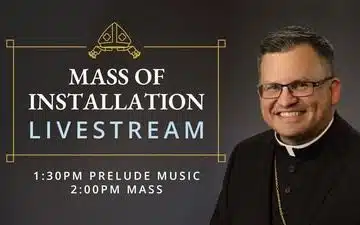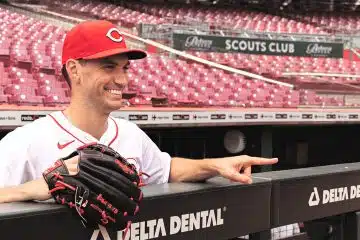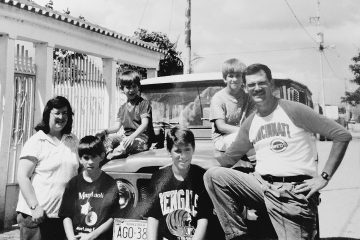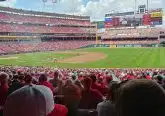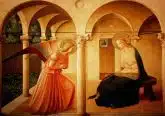Latin Mass to be celebrated at northern parishes
October 29, 2012
Pope Benedict XVI allowed for greater use of Traditional Latin Mass (also called the Tridentine Mass) in 2007. And now Catholics in southwestern Ohio can experience that Mass at a rural parish each week.
Pope Benedict’s goal, said Father Marc Soellner, associate pastor of the Coldwater Cluster, is to promote the entire liturgical tradition of the Church. “Some may view this as a reversal of the Second Vatican Council’s reform of the liturgy, but our Holy Father reminded us that the Traditional Latin Mass was never abolished, and that it could always be celebrated by any priest and he made a point of saying that it is praiseworthy for priests to celebrate this Mass today,” Father Soellner said.
Pope Benedict stressed that both forms of the Mass, the Ordinary Form, which is the Mass we have every day in our parishes, and the Traditional Latin Mass — also known as the Extraordinary Form, can uniquely and faithfully fit together in our Church to help the faithful become closer to our Risen Lord. Both forms of the Mass are compatible with one another.
“In my own life,” Father Soellner said, “I have grown over the years to more fully appreciate and love the Traditional Latin Mass. I never knew anything about this form of the Mass until I entered seminary, and what I found was a much different experience than what I found in my home parish.”
He explained: “I felt more deeply the transcendent aspect of the Mass. I encountered Christ in a new way. I was drawn to the Latin prayers said by the priest, and I found myself being drawn in by the beauty and the simplicity of the liturgy. It became an essential part of my life as a Catholic.
“Throughout seminary, my love of the Traditional Latin Mass grew, and I felt drawn to learn this form of the Mass, so that as a priest I could celebrate it. It means so much to me to be able to celebrate the Mass in the form that most of my favorite saints did: Josemaria Escriva, Ignatius Loyola, Camillus de Lellis, Padre Pio and John Vianney.”
Father Soellner said he and Father Robert Walling have been in discussion about how to best introduce this form of the Mass to the cluster, and Father Soellner said he is grateful, “that he is allowing me to share the Traditional Latin Mass with the faithful.
“We have decided that I will celebrate the Traditional Latin Mass at 9 a.m. on each Wednesday at St. Mary’s in Philothea. (This began Oct. 3.) We will still have the 7:30 a.m. Mass at Holy Trinity,” he explained, “and this will not change any scheduled Masses in our parishes.”
Father Soellner is inviting area Catholics “to experience the Mass in a different way, a way which enlivened so many of our saints. I am sure you won’t regret it.”
Father Soellner explained that some aspects of the Traditional Latin Mass, which are different from our ordinary Sunday and weekday Masses:
• Extended prayers at the beginning of Mass, called the Prayers at the Foot of the Altar.
• The Mass is prayed entirely in Latin by the priest.
• The priest and the people face the same direction.
• The entire Eucharistic prayer is said silently by the priest.
• There are two Gospels read at Mass, one during the Liturgy of the Word, and one at the end called the Last Gospel, which is composed of the first lines of St. John’s Gospel.
• The reception of Holy Communion is done kneeling .


